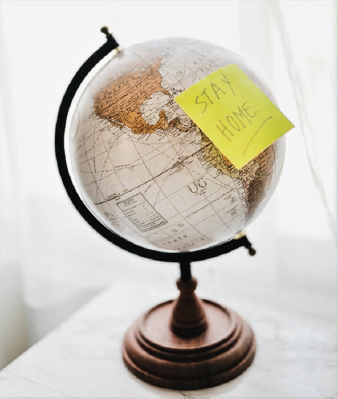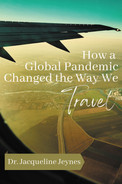
Figure I.1 The world is closed to visitors
It is difficult to define the tourism industry—in its broadest sense, [it] is defined as when people travel and stay in places outside of their usual environment for less than one consecutive year for leisure, business, health, or other reasons.
—Definition of tourism (Statista February 2022)
How we define “tourism” is never going to be a simple exercise as it includes so many different elements of product or service. The statement above is a good summary as we can recognize the basic principles behind it. So, with this definition in mind, we can look at the major changes taking place since 2019, consider how these have directly affected how we travel, and be prepared for when the world is once more open to visitors (Figure I.1).
As with the previous book by the author (JJ), the latest available sources are used to help draw a realistic picture of the industry: for example, Silver Travel Advisor surveys (120,000+ members), ADARA marketing surveys, international statistics, and media stories and coverage. However, this is to underpin discussion in the book rather than be an academic thesis as the ordinary, individual traveler is just as interested in these issues as those in the tourism and hospitality sectors or those studying the impact of the pandemic.
When the author’s previous book, Targeting the Mature Traveler, was written, views about future travel trends were emerging although the true impact of the pandemic was still not recognized. This book, How a Global Pandemic Changed the Way We Travel, builds on that publication, with data from major players in the travel and marketing sectors who seek to inform tourism providers. Where surveys were repeated with the same target groups, such as the mature sector through Silver Travel Advisor, the optimism for a return to some form of normality had clearly waned.
The global pandemic completely changed the way we live, work, and travel during 2020–2021 with the full impact into 2022 and beyond still unclear. There have always been significant outbreaks of contagious illnesses around the world, and we have usually been able to contain or control them to a greater or lesser extent. Rather than “stunning us with one catastrophic event,” as Dan Richards of Global Rescue pointed out in early 2020 (Washington Post), the virus surprised us all with its determination to reach into every aspect of our life.
This time, it was very different as it represented a truly global pandemic rather than one restricted to a particular region (however far it reached within that area). So, a rapidly changing unknown that, given its spread around the globe, resulted in difficult medical and political decisions across nations.
Although the book is written as restrictions are lifting and the industry begins to recover, it has far-reaching implications for all of us. What has changed since the beginning of 2020 when COVID-19 was suddenly recognized as more virulent than expected?
At that time, the travel market was growing; people were planning to take more trips each year in the future, especially mature travelers with growing numbers in 50+ age group starting to look at different options. Globally, travel and tourism contributed more than US$4.5 trillion to GDP (gross domestic product) and, in some countries, was the main contributor.
Throughout the book, we will look more closely at the impact on individuals and businesses; how hospitality, travel, and tourism were hardest hit; and critical questions we need to ask potential travelers in order to survive and bounce back in the future. While some options may be temporary or short-lived, there have clearly been far-reaching and fundamental changes to the way we travel. It is important, therefore, that future provision takes into account different expectations of both leisure and business travelers in the future.
Crucial issues for the industry going forward into 2022 and beyond include:
• Changes for the individual when planning and booking a trip.
• Is the “staycation” likely to stay as a popular option or will people still want to travel overseas?
• How has the “Bucket List” changed (if at all) given views on overtourism and environmental damage?
• What actions have those in tourism sectors taken to address these issues or are planning to take in the future?
• How has business travel changed and will it go back to previous levels?
The situation with COVID-19 is, of course, ongoing and ever-changing, but people will continue to want and need to travel in some way whatever the final decisions about containing the virus or finding a way to live with it. The question is, will it revert to how it was or will we have to accept that what we do, where we go, and how we get there will change to a completely new reality.
